Music Ministers
NLC ARTICLES
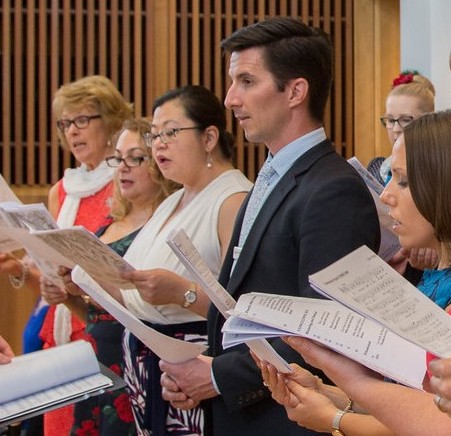
This piece highlights the vital ministry of music in the liturgy, showing how music ministers support the assembly’s prayer and foster communal participation.
DIOCESAN RESOURCES
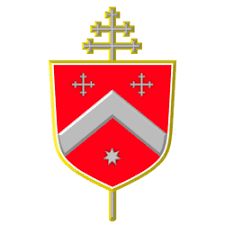
Canberra-Goulburn
This downloadable resource offers guidelines for Music ministers in the Archdiocese of Canberra-Goulburn. It describes the historical background and the role of music in the liturgy. It describes some of the judgements involved and the nature of the role. It lists elements of the liturgy that are best sung and offers some practical tips for effective ministry.
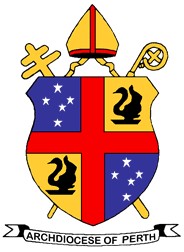
Perth
This downloadable PDF is a resource for parish priests, liturgical musicians and others who are responsible for preparing and presenting music in the Sacred Liturgy of the Mass. It explains the role of music in the liturgy and active participation of the faithful and describes the structure of the Mass and the elements that are sung. The judgements for choosing music are examined and the importance of developing a parish repertoire and working together are explored.
This downloadable PDF is a resource for all those who are responsible for preparing young people to participate with mind, heart and voice in the Sacred Liturgy of the Mass. It explains the role of music in the liturgy, the seasons of the Church's Year and describes the structure of the Mass and the elements that are sung. It examines each element in detail and offers suggestions as well as outlining the judgements involved. The role of the assembly and music ministers are explored and some suggested resources are offered. It describes the differences between catechetical music and liturgical music.
This downloadable PDF is a resource for resource to help parish musicians lead singing when when an accompanist is not available. It outlines some practical considerations the issues associated with using recorded music in the liturgy. Some examples of music that is suitable for singing without accompaniment are given.
This downloadable PDF is a resource to help parish musicians understand the roles of the Cantor, Choir and People in the Liturgy. It outlines some helpful documents of the Church and describes the categories and priorities of what is sung. It explains the purposes of a choir and how to achieve a balance in the liturgy.
These two downloadable resources assist parish musicians to understand the principles and practices associated with music and the Mass as presented in The General Instruction of The Roman Missal.

Wollongong
This resource outlines the nature of music ministry and describes the role of liturgical musicians. A variety of specific roles are outlined in depth. Appropriate remuneration is discussed and a list of related resources is provided.
These diocesan guidelines explain the role and purpose of music within the Mass, highlighting the centrality of the assembly and the role of music ministers. It identifies different forms of song and provides some guidance when making judgements. It also offers practical advice for effective liturgical music planning and identifies key concerns and helpful strategies and resources.
OTHER RESOURCES
Journal Articles
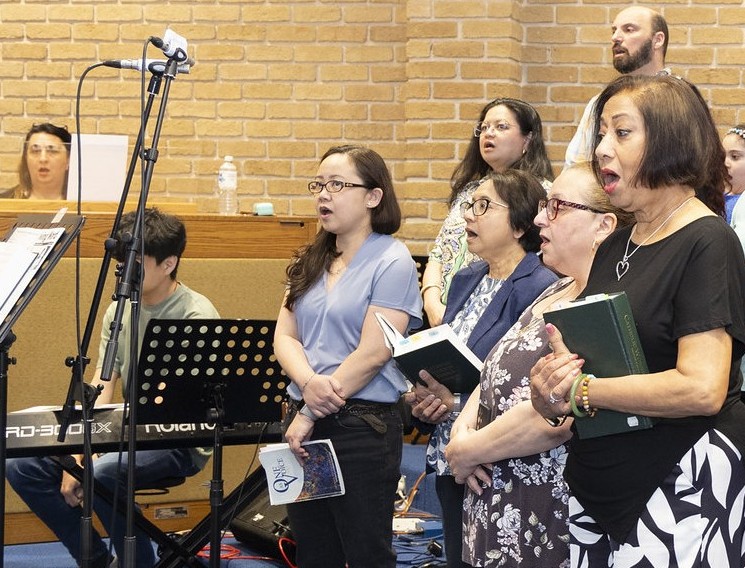
Liturgical music is linked closely to hospitality in its choice of song, as well known music encourages the active and conscious participation by all. Additionally, the parish needs a sence of hospitality towards the musicians, by making sure they are pastorally cared for, liturgically formed, and musically trained.
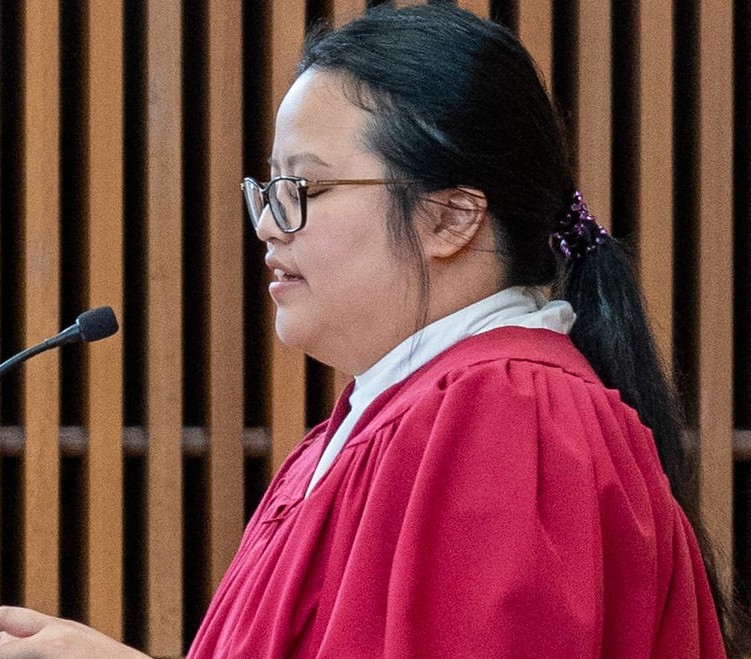
An active faith and a desire to serve the prayer of those who assemble for worship are essential qualities for the cantor in Catholic liturgy. The cantor enables a parish to sing the liturgy more easily, especially prayer forms such as litanies, responses, acclamations, psalms, metric hymns, songs and plain chant which are part of the liturgical repertoire.
Podcasts
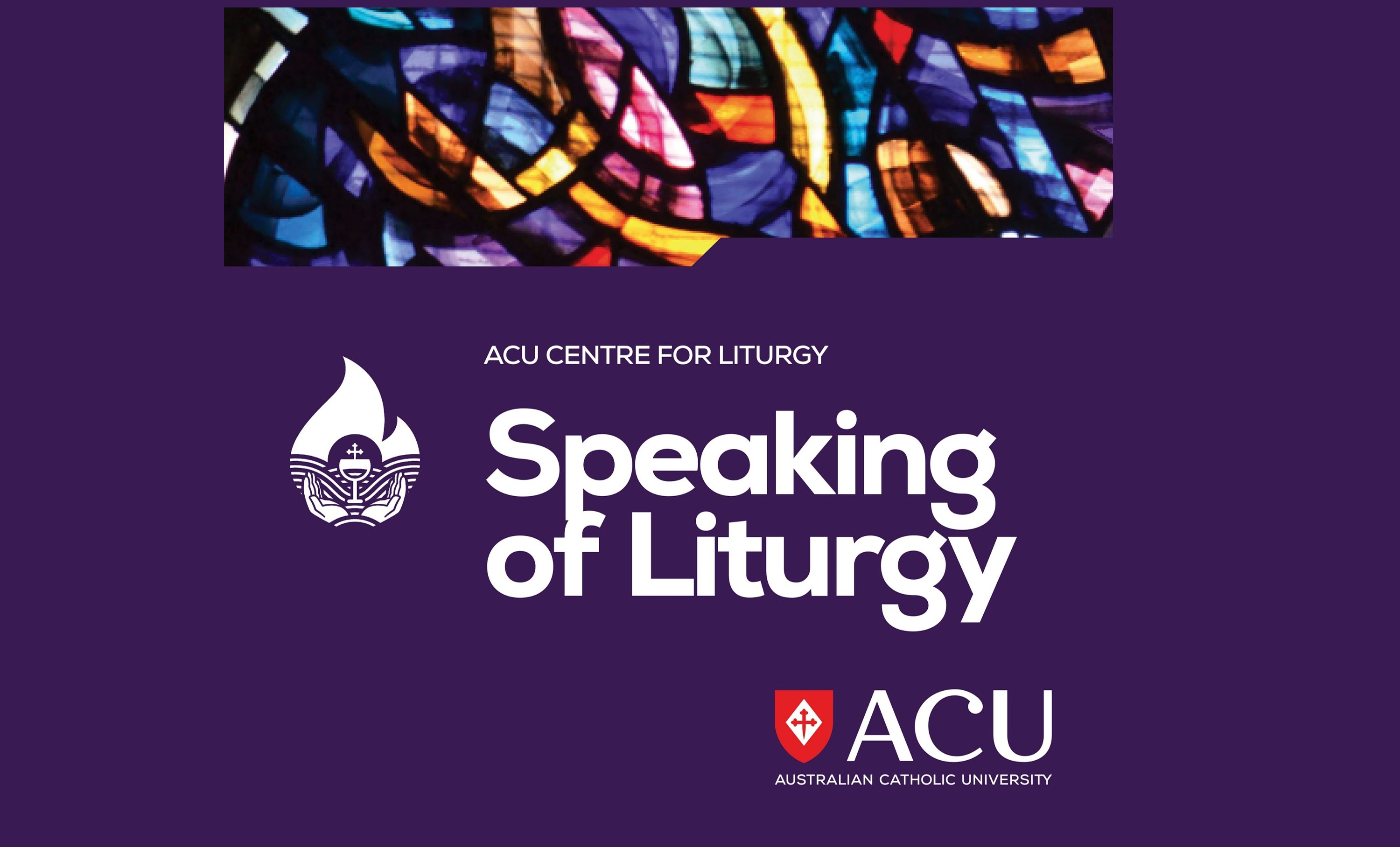
Dr Paul Taylor offers some helpful strategies to invigorate parish music ministry and strengthen the assembly's singing in liturgical celebrations.

